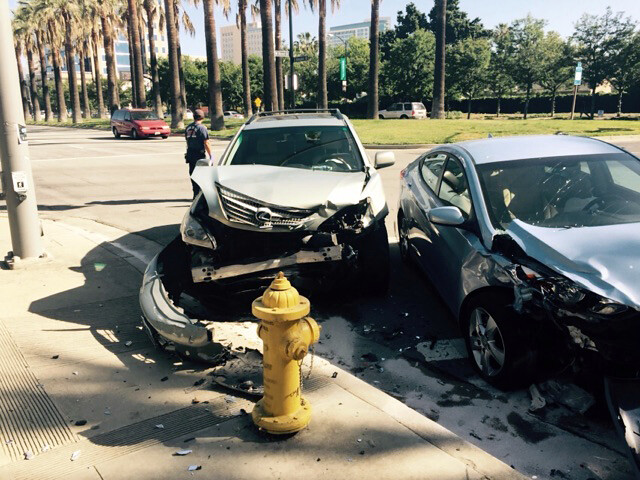Eason v Blacker, 2017 NY Slip Op 07674 (3d Dept. 2017)
This is an important case because it really gives the defendant who obtains the correct records ammunition to attack causal relationship claims.
(1) The notion of the peer review as fully and wholeheartedly now been accepted in 5102(d) practice. Amazing.
“Defendants met their initial burden of establishing that plaintiff did not sustain a serious injury within the meaning of Insurance Law § 5102 (d) by submitting a transcript of plaintiff’s deposition, his medical records and the affirmation of Robert Hendler, an orthopedic surgeon who rendered his opinion based on a review of plaintiff’s medical records without conducting a physical examination of plaintiff (see D’Auria v Kent, 80 AD3d 956, 957-958 [2011]; see also Franchini v Palmieri, 1 NY3d 536, 537 [2003]).”
(2) The ACL injury could not be related to the accident ** Powerful medical rationals**
“Hendler noted that, although an August 14, 2013 MRI depicted a possible partial ACL tear, subsequent arthroscopic surgery established that there was no ligament injury and that the knee was completely stable (see Scott v Aponte, 49 AD3d 1131, 1133 [2008]). Moreover, Hendler opined that, had plaintiff sustained an ACL injury on the date of the accident, he would have immediately experienced significant pain, and the fact that he did not seek treatment for several months after the accident is inconsistent with his claim of having sustained a knee injury”
(3) Cannot even win on the spine – pre-existing verses current condition
Although Episalla also concluded that plaintiff had a preexisting history of cervical and thoracic spine pain and degenerative disc disease, he failed to set forth any “objective medical evidence distinguishing [plaintiff’s] preexisting condition from the injuries claimed to have been caused by this accident”
(4) Diminished range of motion has no objective basis
“Furthermore, although records submitted by defendants document diminished ranges of motion in plaintiff’s cervical and thoracic spine and right knee, plaintiff submitted no objective medical evidence linking such limitations to the accident“












